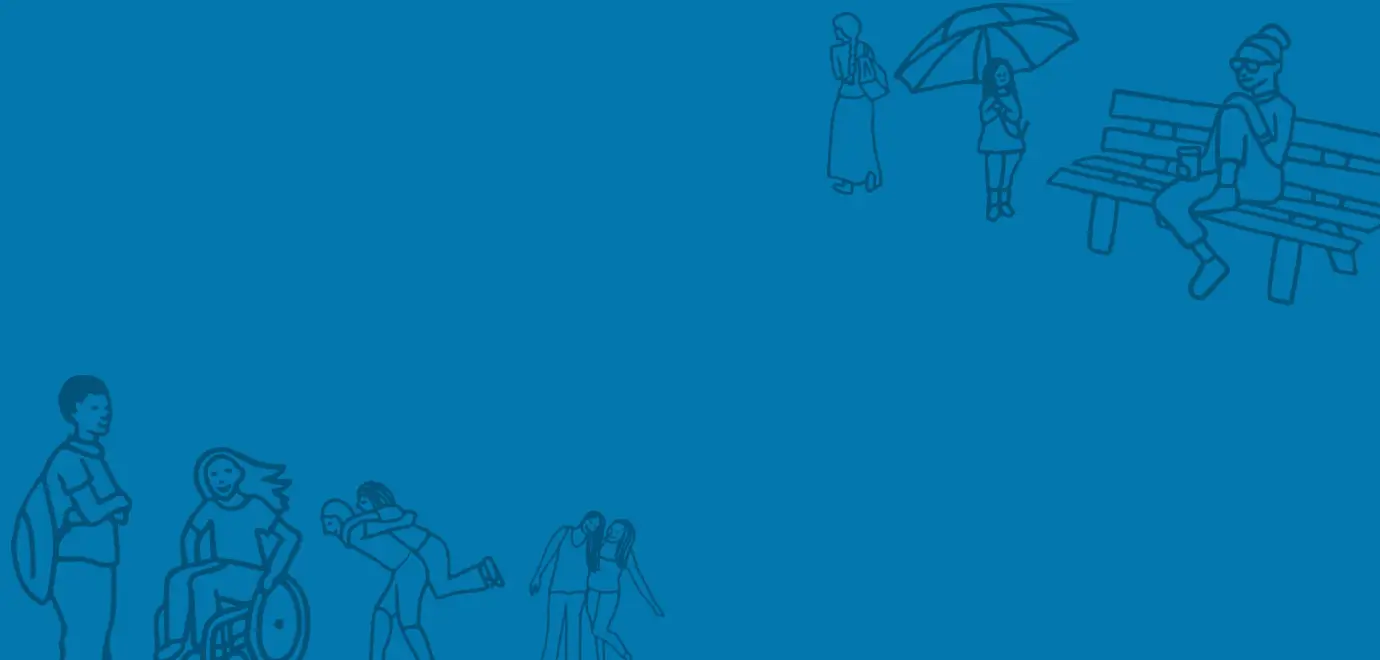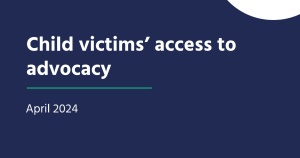As ongoing disagreements about who is to blame for the recent rise in knife crime continue, one thing is for sure: every minute spent arguing whose ‘fault’ it is, is a minute where the most vulnerable children remain at risk.
This is a complex problem and the police, schools, social services, the NHS are going to have to work alongside parents and communities to resolve it. Many of these agencies are the safety net, but as cuts have bitten they have all retreated into their core business. There is no room for any of them to go that extra mile and build the relationships and engagement that create that all important community ‘glue’. Without it, a gap opens up – one that so many vulnerable teenagers are now falling through.
The place that is happening most visibly is out of school. Talk to any child in prison or in trouble with the police and they will tell you that falling out of school was a trigger point. With 100,000 now being excluded or off-rolled each year, there are a lot of children on the outside – and it is being on the outside which makes these children vulnerable. Children should be at school, it gives them structure, access to support, the opportunity to build relationships with trusted adults and other friends. For vulnerable kids on the edge of gangs, it’s these basics which are missing from the rest of their lives.
This does not mean that all exclusions are avoidable. Schools have responsibility to all their students. If a child poses a genuine risk to their peers it is quite right the school takes steps to keep other children safe. However, exclusions for violence are a minority, those involving weapons fewer still. Whilst exclusions have risen 67% since 2012/13, there is no evidence behaviour patterns have changed. And the children they are excluding are highly vulnerable: half of them have mental health problems, a similar number also have special educational needs. All this suggests that schools’ tolerance of disruptive behaviour and the underlying causes (including poor mental health and SEND) are reducing.
Moreover, new analysis my office has completed shows that it is only a small minority of schools where this is happening. Just 10% of schools in England are responsible for a staggering 88% of all exclusions. If we narrow our analysis to London, we find exactly the same pattern: 10% of schools in the capital accounting for 88% of exclusions. Our previous sample research in 11 local authority areas found a similar pattern – 10% of schools were responsible for the majority of off-rolling. I have seen no plausible explanations as to why schools serving similar populations can legitimately have such different rates of exclusion.
The statistics show a minority of schools which appear far too willing to get vulnerable kids out the door. But they also show schools in areas plagued by gangs and schools serving children with high-levels of need, which are doing everything they can to keep these children close. The truth is, how likely you are to end up excluded is in part down to your background, the state of your mental health and whether you have special education needs. It is also about the attitude of your school. You can be a very vulnerable child, but if you end up in school that cares about you – as the overwhelming majority do – your chances of exclusion are still slim.
I want to challenge the schools that see vulnerable children as a problem to be passed on while celebrating those working with vulnerable kids to give them the stability and support missing from the rest of their lives.
Last week the Education Secretary said when the school door closed to these excluded pupils, another one opened in a more suitable pupil referral unit (PRU) or alternative provision. But this is not always the case. There are some very good PRUs, and some not so good ones. The leaders of the good PRUs tell me that they would much rather be working with pupils within mainstream schools before a child is excluded, because by the time a child has been thrown out things are much harder to repair. Yet their efforts to do this are undermined by having to accommodate children from a minority of schools who should never have been excluded in the first place.
As the chair of the Education Select Committee, Robert Halfon MP said last week, by the time a child arrives at a PRU they are on a “collusion course with failure”: 74% of children in PRUs are persistently absent, 1% get five good GCSE, more than 40% become NEET when they leave at 16.
The stories I hear from families involved are so consistent that they could almost be a blueprint: a child with high-needs, excluded for disruptive behaviour, precipitating a decline into violence. Many parents I meet identify exclusion as the point when children move from the periphery of gangs to full membership. Gang members are 5.5 times more likely to have been excluded than the rest of the population. 85% of children in Young Offender Institutions have been excluded. Both Local Government Association research and serious case reviews show how gangs prey on excluded children.
I believe we could do much better by these children if we kept them in mainstream schools – as PRU leaders tell me they would like to do. Running a PRU is eye-wateringly expensive. Department for Education figures show the average cost of a place is £33,000 per year – about five times that of a normal school. Imagine if we took that money and invested it into help for vulnerable children within the mainstream settings? Imagine if that money went where children needed help, not just on where they have been excluded?
I think we could also learn a lot from the schools doing this well, and these schools should be getting more support. The children at risk need mental health support, strong relationships and role models in the community and help for their families. They need diversionary activities after school and at weekends and additional support with communication and life skills.
The gang members know how to find these children and so should we, with the same focus and determination, but this time to help.
This blog post was originally published on the Huffington Post






